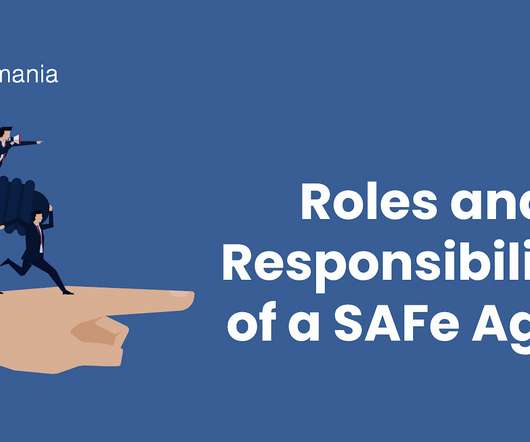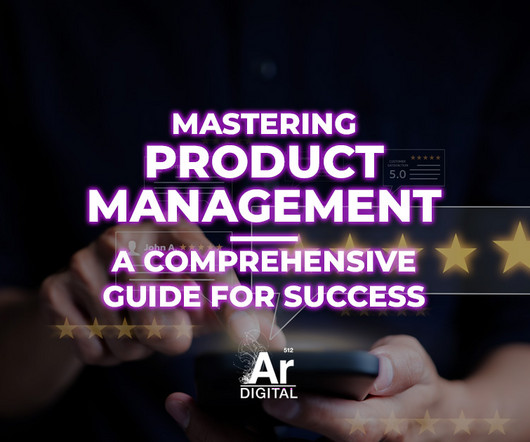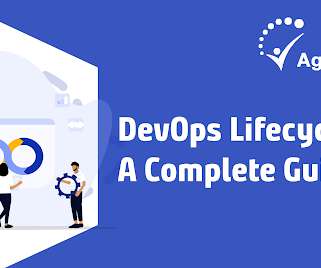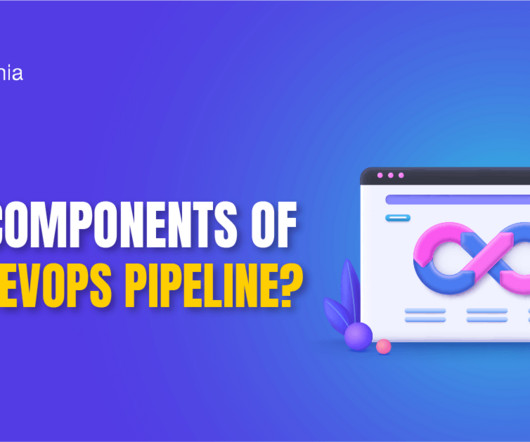Continuous Delivery Pipeline – Scaling Agile Practice
Agilemania
SEPTEMBER 22, 2022
Scaled Agile Framework, SAFe® is the world’s leading framework for Business Agility. The seven core competencies each have three dimensions making it a total of twenty-one dimensions to enable Business Agility. These dimensions contain some of the practices, patterns, and guidelines to Scale Agility across the enterprise.












Let's personalize your content